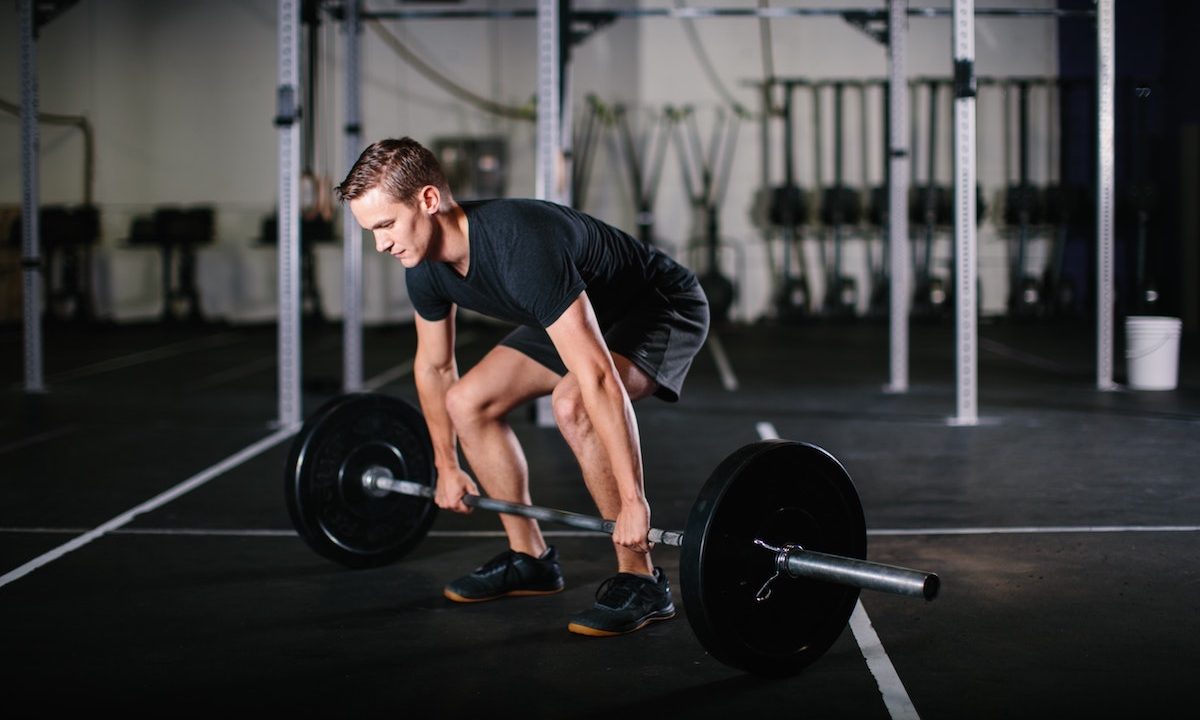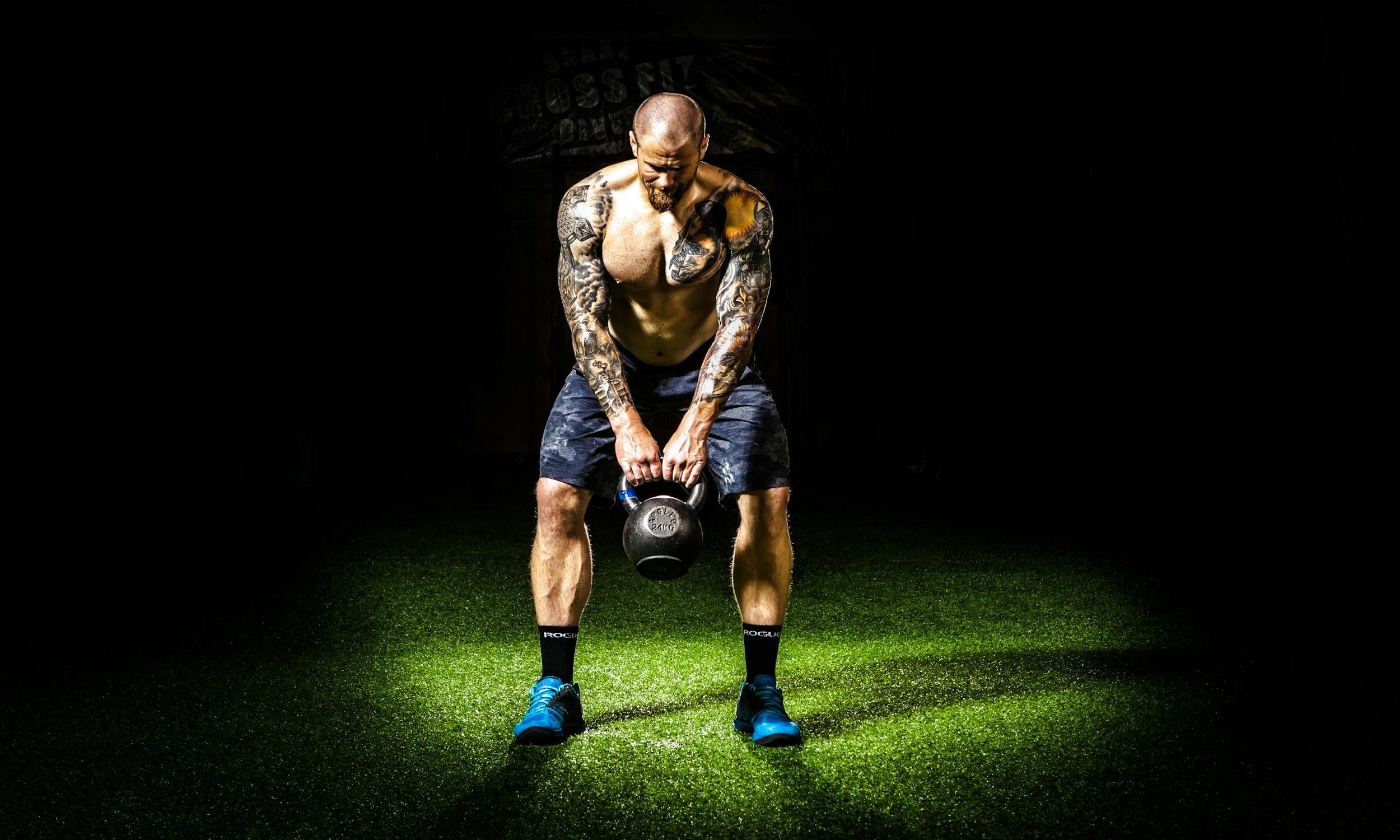Rucking is one of my favorites of all the growing fitness trends that have stuck around. I love getting out in nature surrounded by sun-speckled trees, and rucking encourages you to do just that. The benefits of rucking range from burning calories and improving heart health to getting stronger muscles and bones. There are also plenty of proven benefits of exercising outdoors.
If you’re not really much of a runner or you want to mix it up a bit, rucking is one way to elevate your walking to the next level. Rucking involves walking or hiking while wearing a backpack or rucksack. Rucking typically means walking at a moderate or faster pace, more like a purposeful march, while carrying a loaded pack on your back. Lately, ‘ruck and lift’ plans have been surging in popularity.
What is a ‘ruck and lift’ plan?

Ruck and lift plans are weekly workout routines that include weightlifting and rucking. For example, you might lift three times a week and go rucking three times a week. Even if you can only fit in a 20-minute rucking session, it’s better than none at all. A balanced workout routine delivers the best outcome.
Modifying your rucking

You can go rucking however you want to go rucking. Whether you choose a faster 30-minute rucking session that ramps your heart rate up higher or a longer 60-minute ruck at a lighter pace, you can switch up your workout schedule to suit you. You can also incorporate progressive overload, increasing the weight in your rucksack or backpack over time as you feel stronger. That being said, avoid going too heavy when rucking, and focus on the heavier weights during your resistance training sessions.
The benefits of both

When you incorporate both weightlifting and rucking into your workout routine, you get the benefits of both. I like a varied workout routine alternating between moves like Goblet squats and kettlebell swings and quick jogs or rucking. Plus, doing the same thing all the time gets boring.
Researchers have found the following benefits of weightlifting:
- Boosting your strength and flexibility.
- Improving cholesterol and heart health.
- Reducing blood pressure.
- Improving bone mineral density and body composition.




